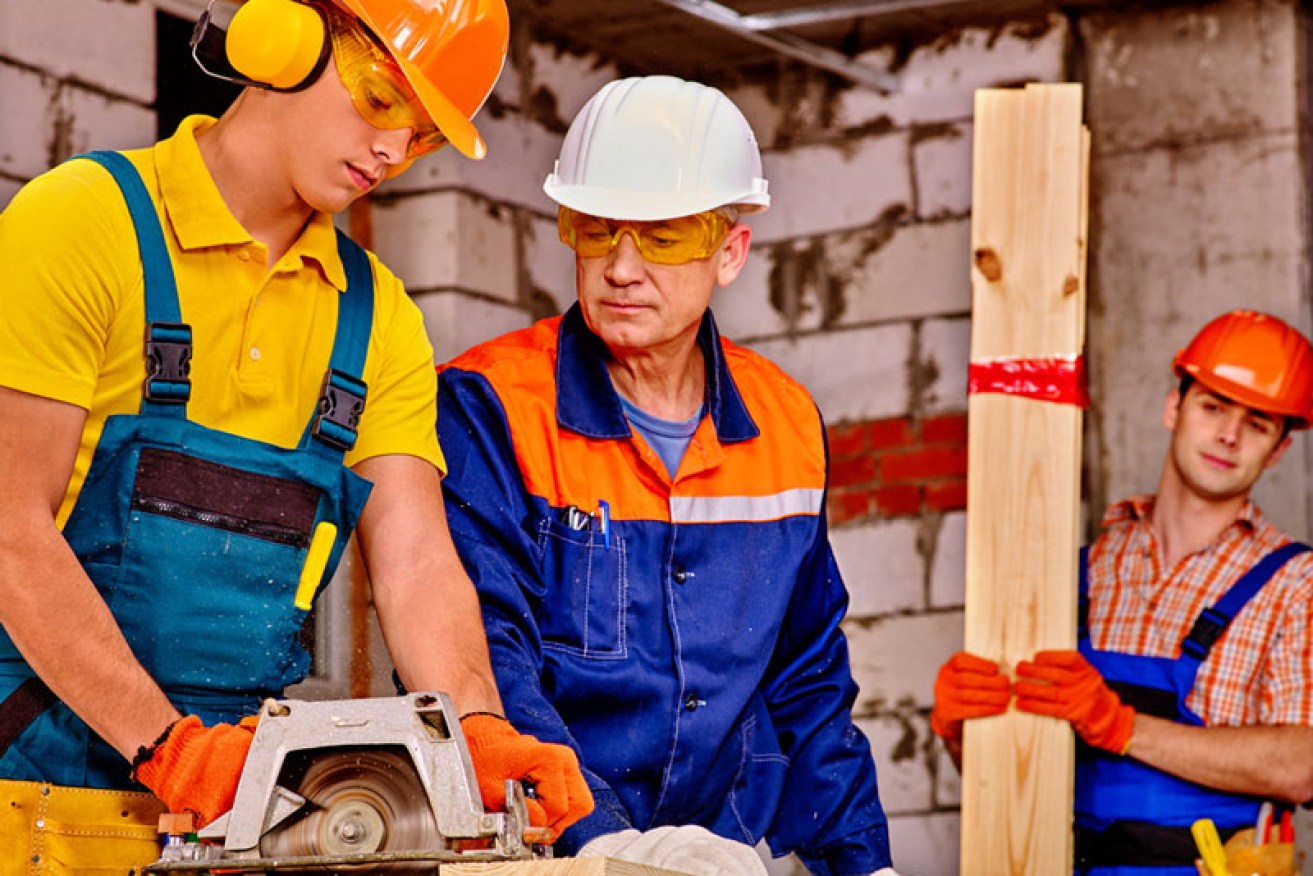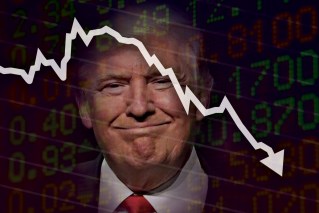Businesses are no longer investing in workers


Workers aged between 25 and 45 are most likely to receive training.
Businesses are no longer investing in on-the-job skills and training as growth continues to be weak and unemployment high, a leading expert has warned.
Jim Stanford, an economist and director of the Centre for Future Work at the Australia Institute, said employers have become “addicted” to surplus labour and are not bothering to invest in training “because there’s ample skills they could get”.
This came as the latest figures from the Australian Bureau of Statistics highlighted continued weak growth in employment.
Labour figures released on April 13 showed a 1 per cent growth in employment in March, just over half the average growth rate of 1.8 per cent. This leaves unemployment at a 14-month high.
Dr Stanford said the figures showed the labour market is “effectively in recession, in the sense that there’s not nearly enough work”.
The figures showed a fall in casual jobs and a growth in full-time jobs, but unemployment stayed steady as more people came back to look for work.
Dr Stanford laid the blame for “Australia’s abysmal job creation record” squarely at the feet of the government.
“We need to fix training and that needs to go hand-in-hand with fixing the labour market and putting job creation at the top of the agenda,” he said.
Cameron Chisholm, senior associate at the Grattan Institute, said the overall employment figures were “masking a deeper problem” and reflect a “weak economy with low investment”.
The weakness can be seen in many job listings, as employers become pickier in who they hire.

Manufacturing has one of the lowest levels of on-the-job training. Photo: Getty
Many job listings have long lists of technical and software skills required to be considered for a role.
One reason pointed to is a suspicion among employers that workers will take on-the-job training and skills elsewhere if a better offer arrives.
Certain sectors like defence, electricity, gas and water supply and education have the highest levels of on-the-job training, while retail, transport and manufacturing have the lowest.
Big businesses and organisations are far more likely to offer training, while people aged between 25 and 45 are most likely to receive it.
Dr Stanford said the current job market means employers can pick and choose for openings, expecting applicants to come fully skilled.
“They’ve become used to the situation where they get 50 resumes for a position they advertise.”
He pointed to the global financial crisis 10 years ago as the root cause for businesses’ reluctance to invest.
“You’re coming up to a decade now where high unemployment and underemployment is a fact of life in Australia’s job market,” he said.
“There’s little incentive for either, workers and employers to invest in training.”
Speaking earlier this week, Radio National online editor Alex McClintock said he received more than 260 applications for six positions advertised at RN.
He said the labour market for some young jobseekers is an arms race and that “there are no entry-level jobs anymore”.








